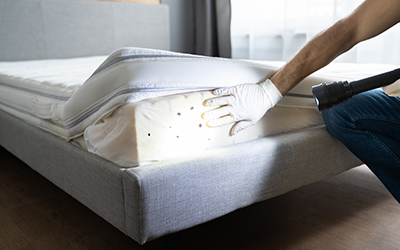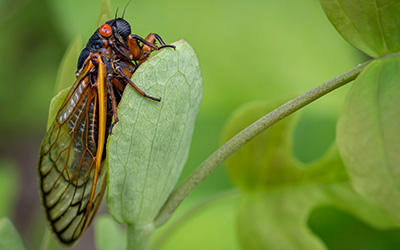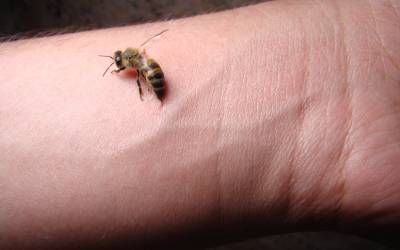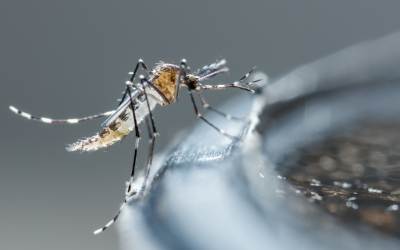House flies, also known as filth flies, peak in activity during the summer season. The warmer conditions are ideal for these flies to reproduce, and a single female fly can produce hundreds of offspring – around 500 eggs in her lifetime. Filth flies can emerge from an egg and reach adulthood in as little as 7 days, leading to an overwhelming number of flies in and around your property by the end of summer.
How to Prevent Filth Fly Issues
Filth flies earned their name due to their tendency to breed in filth, such as manure or garbage. They usually will be born and develop outdoors before coming inside a building. With this in mind, one of the best ways to keep them out of your building is to practice fly exclusion. Here are some of the most effective tips for exclusion and sanitation:
Exclusion Methods to Reduce Filth Flies
- Install and maintain well-fit screens on vents/windows.
- Keep doors closed as much as possible. Seal gaps to make sure that doors won’t allow flies in when closed.
- If you have garbage chutes or any openings to the exterior, keep them closed when not in use.
- Monitor the timing mechanism on self-opening and closing doors. In public entry doors, flies can often enter if a door is left open for too long. A common pest-proofing issue with public entryway doors is the astragal seal at the door base of where the double doors meet. Flies can walk through the opening at the base of doors as easily as flying through an open door. Seals are available for pest-proofing the astragal seal.
- Self-closing lids for trash receptacles can reduce fly-attracting odors and deny access to foraging flies. Empty receptacles as frequently as possible.
Sanitation Methods to Reduce Filth Flies
Sanitation issues around your business also impact the level of fly activity you may experience. Here are a few ideas we recommend:
- Keep garbage chutes as clean as possible and free of debris.
- Keep the area around the dumpster clean. Whenever the box is moved, try to clean the pad underneath.
- Request that all dumpster boxes be cleaned before returning or replacing them.
Should You Be Concerned About Filth Flies?
Since filth flies spend most of their life around decaying material, they are natural carriers and transmitters of numerous diseases, including food-borne illnesses like Salmonella. Filth flies have been documented as carrying over 100 different diseases that are commonly transferred onto the food humans will eat.
Fly Control Services You Can Trust
Filth flies are common in businesses in Wisconsin in the summer. While implementing prevention methods can keep flies at bay, an infestation is always possible. When this occurs, reaching out to a professional fly control company is often your best course of action.
If you need to get flies off of your property, give Batzner Pest Control a call today for a free quote!








